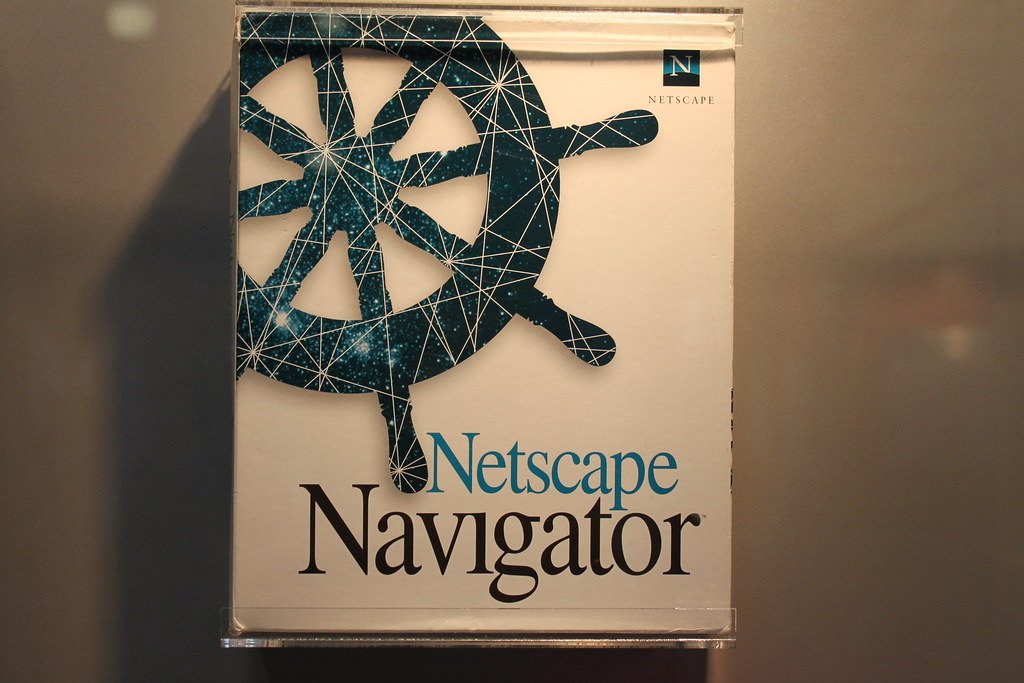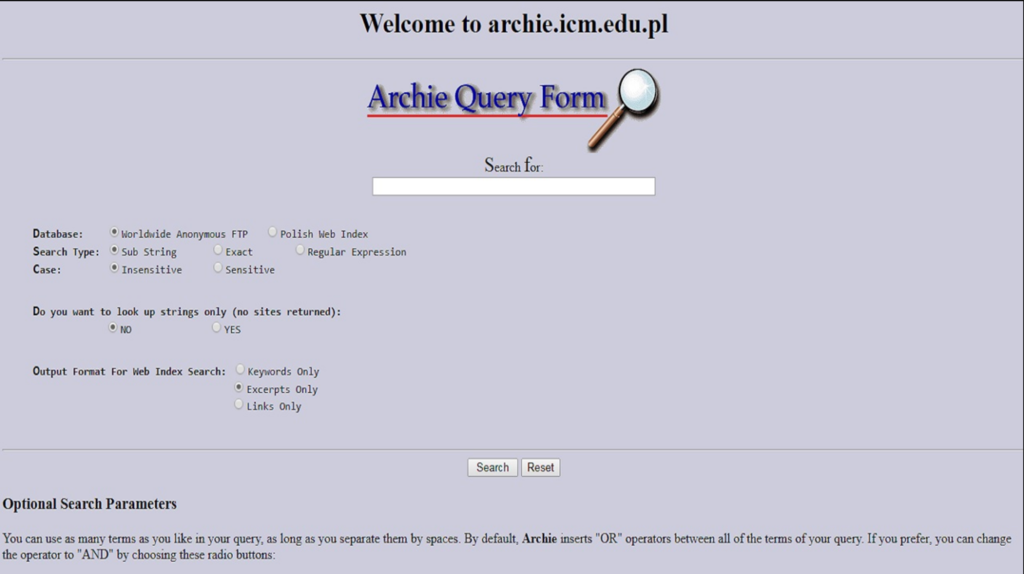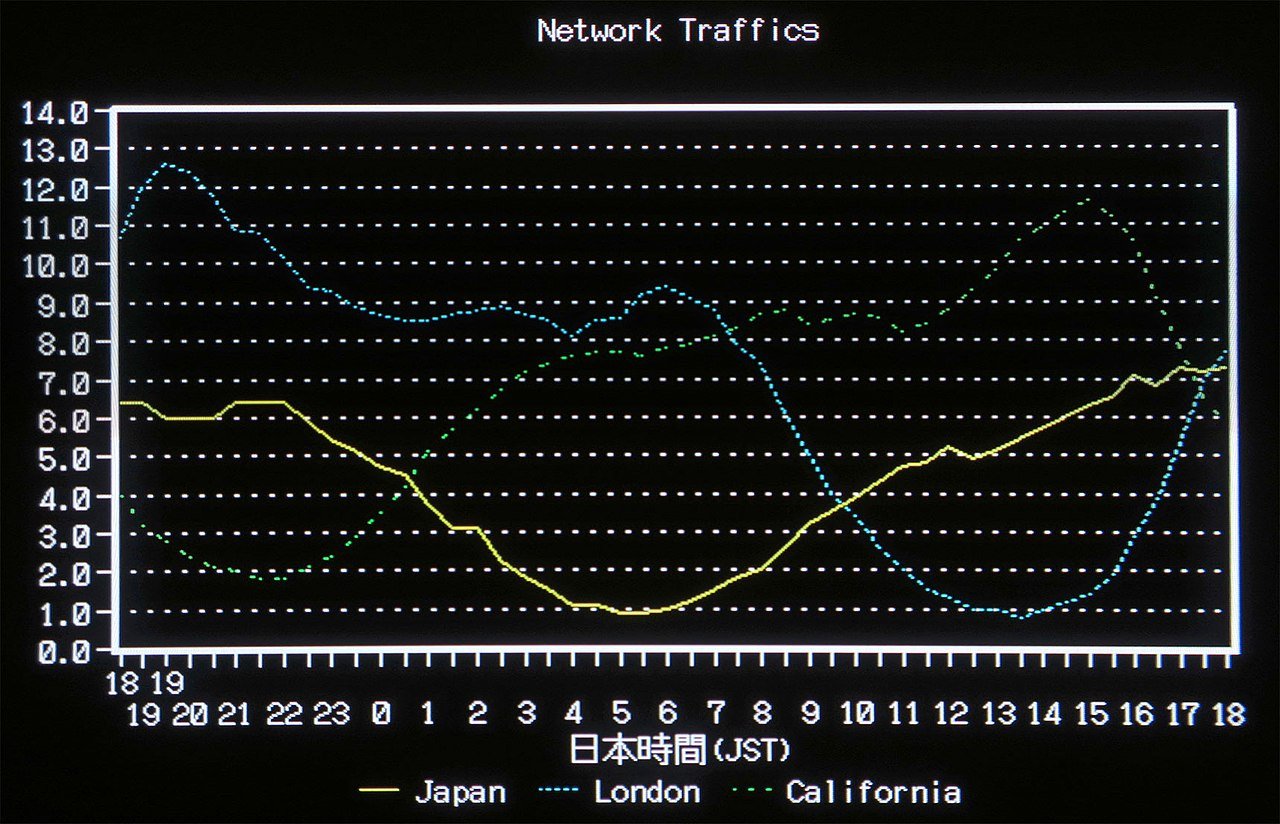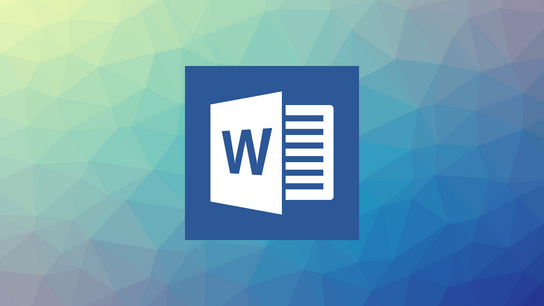In the annals of computing history, VisiCalc stands out as a groundbreaking innovation that transformed business operations and personal productivity. Launched in 1979 by Dan Bricklin and Bob Frankston, VisiCalc was the first electronic spreadsheet software, marking a pivotal moment in the evolution of personal computing and software development. This article delves into the history of VisiCalc, exploring its origins, impact, and legacy and highlighting how it paved the way for the modern spreadsheet applications we rely on today.
Table of Contents
The Genesis of VisiCalc
When Was VisiCalc Invented?
VisiCalc was invented in 1978 and officially released in 1979. Dan Bricklin, a Harvard Business School student at the time, was motivated by the cumbersome process of manually creating financial models. His frustration with paper-based spreadsheets, which were prone to errors and inefficiencies, drove him to develop an automated solution. With the help of Bob Frankston, Bricklin designed VisiCalc to simplify and streamline business calculations, marking the birth of the electronic spreadsheet.
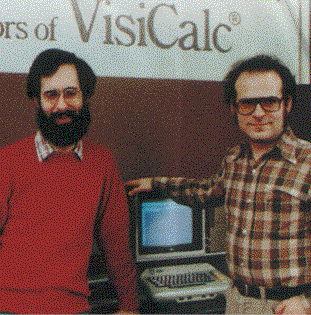
The Concept and Motivation
Bricklin’s vision was to create a tool that would automate the calculations and data manipulation required for business and financial planning. This vision was realized through VisiCalc, which allowed users to input data into a grid and automatically compute results based on predefined formulas. The software was designed for the Apple II, a popular early personal computer, which was an ideal platform due to its graphical user interface and widespread accessibility.
The Development and Launch
The development of VisiCalc began in earnest in 1978, a period characterized by technological limitations such as limited memory and processing power in personal computers. Despite these constraints, Dan Bricklin and Bob Frankston tackled several technical challenges to bring their vision to life. They had to design the software to be efficient and functional within the constraints of early computing hardware, which required innovative programming and optimization techniques.
VisiCalc was officially released in 1979 and quickly gained recognition for its groundbreaking approach to business calculations. The software’s ability to automate and simplify tasks that were previously done manually marked a significant advancement in the field of computing. It transformed how financial and business data was managed, offering a more reliable and efficient method for handling complex calculations. This innovative approach not only revolutionized business operations but also set the stage for the development of subsequent spreadsheet software and other productivity tools. VisiCalc’s introduction marked a pivotal moment in the evolution of personal computing, showcasing the profound impact that software innovation can have on business productivity and data management.
VisiCalc’s Impact on Business and Computing
Revolutionizing Business Calculations
VisiCalc’s introduction had an immediate and profound impact on the business world. Prior to its release, financial modeling and analysis were performed manually, often involving complex calculations spread across multiple pages. VisiCalc automated these processes, allowing users to perform calculations with a few keystrokes and instantly see the results.
The software’s ability to perform automatic recalculations when data was changed was revolutionary. This feature allowed users to explore different scenarios and make informed decisions quickly, transforming how financial analysts, accountants, and managers approached their work. VisiCalc’s ease of use and powerful capabilities promptly made it an essential tool for businesses of all sizes.
The Rise of the Spreadsheet Industry
VisiCalc’s success laid the foundation for a new software industry. As businesses recognized the benefits of electronic spreadsheets, demand for similar tools grew. This led to the development of other spreadsheet applications, including Lotus 1-2-3 and Microsoft Excel, which built upon VisiCalc’s pioneering concepts and added new features.
The popularity of spreadsheets extended beyond business applications. Educators and researchers adopted spreadsheet software for data analysis and academic purposes, further demonstrating the versatility and utility of electronic spreadsheets. VisiCalc’s influence was evident in the widespread adoption of spreadsheets across various fields and industries.
The Legacy of VisiCalc

What Is the History of Spreadsheet 1979?
The history of spreadsheets in 1979 is marked by the introduction of VisiCalc, which was the first electronic spreadsheet software. Before this, spreadsheets were paper-based and involved manual calculations, which were inefficient and error-prone. VisiCalc revolutionized this process by automating calculations and allowing users to model financial data interactively. The software’s success demonstrated the potential of personal computing to enhance business productivity and set the stage for future advancements in spreadsheet technology.
The Evolution of Spreadsheet Software
VisiCalc’s legacy is evident in the evolution of spreadsheet software. Modern applications, such as Microsoft Excel and Google Sheets, offer advanced features like data visualization, complex formulas, and real-time collaboration. While VisiCalc was groundbreaking for its time, contemporary spreadsheets have expanded upon its capabilities to provide even more powerful tools for data analysis and management.
Recognition and Influence
Dan Bricklin and Bob Frankston received numerous accolades for their work on VisiCalc. Their innovation is celebrated in various technology history exhibitions and museums. VisiCalc’s impact on computing and business continues to be recognized as a seminal achievement that demonstrated the potential of software to solve real-world problems and improve productivity.
Commercial Impact and Historical Context
VisiCalc emerged as a groundbreaking tool in the late 1970s, fundamentally transforming business productivity with its innovative approach to financial calculations and data management. Understanding its commercial impact and historical context offers insight into why it was so influential and how its pricing strategy contributed to its success.
How Much Was VisiCalc Sold For?
Pricing Strategy and Market Impact
When VisiCalc was first introduced in 1979, it was priced at approximately $100 for a single-user license. This pricing strategy was significant for several reasons:
Affordability
VisiCalc was reasonably priced at $100, making it accessible to a wide range of business users. This affordability helped it gain rapid adoption among small and medium-sized enterprises (SMEs) and larger corporations.
Value Proposition
For the price, VisiCalc offered tremendous value by automating complex financial calculations and data management tasks. The software replaced manual calculations, which were time-consuming and prone to errors. This functionality made VisiCalc a desirable investment for businesses looking to improve efficiency and accuracy.
Market Penetration
The combination of reasonable pricing and substantial benefits contributed to VisiCalc’s widespread adoption. It quickly became a staple tool in business environments, illustrating how effective pricing strategies can drive commercial success and market penetration.
Comparison with Other Software
In the context of its time, VisiCalc’s pricing was competitive and reflected its innovative nature. Compared to other software and manual methods, it offered a cost-effective solution that delivered significant improvements in productivity and accuracy. This strategic pricing helped establish VisiCalc as a leading product in the emerging software market.
Historical Context of VisiCalc’s Commercial Success
The Impact of VisiCalc on Business Practices
VisiCalc’s introduction marked a pivotal moment in the history of business software. It was the first electronic spreadsheet and offered a new approach to managing financial data:
Revolutionizing Data Management
Prior to VisiCalc, businesses relied heavily on paper ledgers and manual calculations. VisiCalc’s digital approach automated these processes, drastically reducing the time and effort required for financial analysis and reporting.
Enabling Advanced Analysis
The ability to perform complex calculations and data manipulations quickly opened new possibilities for financial modeling and forecasting. Businesses could explore various scenarios and outcomes more effectively than ever before.
Setting Industry Standards
VisiCalc set a benchmark for future spreadsheet software, demonstrating the potential of software to revolutionize business operations. Its success paved the way for subsequent advancements in spreadsheet technology and broader software applications.
The Broader Impact on Software Industry
VisiCalc’s success not only transformed business practices but also had a significant impact on the software industry:
Foundation for Future Software
The principles and concepts introduced by VisiCalc influenced the development of subsequent spreadsheet applications, including Lotus 1-2-3 and Microsoft Excel—these later products built upon VisiCalc’s innovations, expanding functionality and enhancing user experience.
Growth of Software Market
VisiCalc’s commercial success highlighted the potential for software to become an essential tool in business operations. This realization contributed to the growth of the software industry, encouraging investment and innovation in business and productivity applications.
Educational Influence
The adoption of VisiCalc in business environments also had an educational impact. It became a fundamental tool in business education, teaching professionals and students about the power of software in financial analysis and data management.
VisiCalc in Context: A Comparative Analysis

Comparing VisiCalc to Modern Spreadsheets
To understand VisiCalc’s impact, it is helpful to compare it to modern spreadsheet applications. While VisiCalc was revolutionary for its time, contemporary spreadsheets offer a range of advanced features that extend beyond the capabilities of the original software. For example:
User Interface
Modern spreadsheets provide sophisticated graphical user interfaces with drag-and-drop functionality, customizable charts, and intuitive navigation, enhancing usability and efficiency.
Data Analysis
Advanced data analysis tools, such as pivot tables, complex formulae, and data visualization options, enable users to perform intricate calculations and generate insights from large datasets.
Collaboration
Cloud-based spreadsheet applications, like Google Sheets, facilitate real-time collaboration, allowing multiple users to work on the same document simultaneously and track changes.
Despite these advancements, VisiCalc’s core principles—simplicity, automation, and ease of use—remain central to spreadsheet software. The foundational concepts introduced by VisiCalc continue to influence how modern applications are designed and used.
VisiCalc’s Role in the Evolution of Personal Computing
VisiCalc played a crucial role in the evolution of personal computing by demonstrating the potential of software to enhance productivity and solve practical problems. Its success helped establish personal computers as valuable tools for business and personal use, paving the way for the development of other productivity applications and software solutions.
The rise of spreadsheet software also contributed to the broader adoption of personal computers in the workplace and home environments. By showcasing computing technology’s practical benefits, VisiCalc and its successors played a key role in shaping the computing landscape and influencing the development of future technologies.
The Enduring Legacy of VisiCalc
VisiCalc, the pioneering electronic spreadsheet software introduced in 1979, represents a seminal moment in the history of computing. Its legacy is a testament to the profound impact that innovation can have on industries and daily life. Here’s a detailed exploration of how VisiCalc transformed business practices, influenced the evolution of software, and continues to shape modern technology.
Revolutionizing Financial Calculations and Data Management
VisiCalc’s Groundbreaking Innovation
Before VisiCalc, financial calculations and data management were done manually, often involving cumbersome paper ledgers and manual calculations prone to human error. VisiCalc revolutionized this process by introducing a digital grid where users could input data and perform complex calculations automatically. Key innovations included:
Automated Calculations
Users could input formulas into cells, and VisiCalc would automatically update results when data changed. This automation dramatically reduced manual errors and saved time.
Dynamic Data Management
The ability to quickly adjust and manipulate data allowed users to explore different scenarios and outcomes without the need for recalculating everything from scratch.
User-Friendly Interface
VisiCalc provided a visual and interactive way to work with data, making it more accessible and intuitive compared to manual methods.
Impact on Business Practices
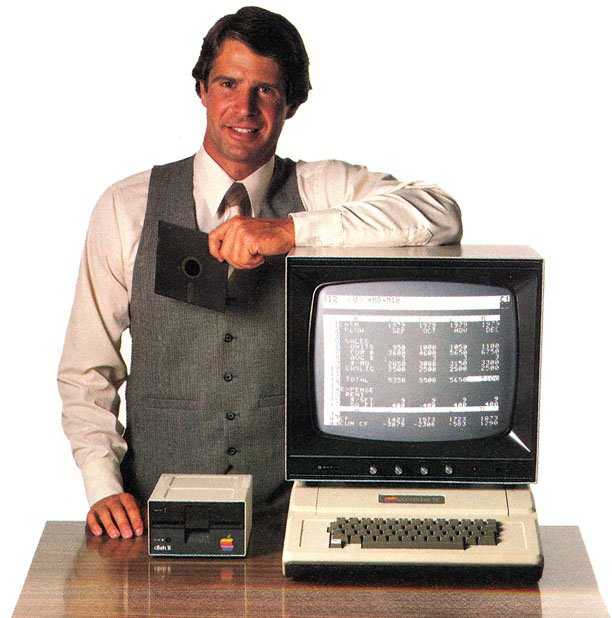
VisiCalc’s introduction marked a transformative shift in how businesses approached financial analysis and data management. It allowed companies to:
Improve Accuracy
By automating calculations, VisiCalc reduced the likelihood of errors in financial reports and forecasts.
Enhance Efficiency
The ability to quickly modify data and see immediate results sped up decision-making processes and operational efficiency.
Enable Advanced Analysis
Businesses could perform complex analyses and modeling that were previously impractical with manual methods.
Influencing the Evolution of Spreadsheet Software
Setting the Stage for Future Development
VisiCalc’s success set the foundation for the development of future spreadsheet software. Its principles and features influenced the design and functionality of subsequent applications, including:
Lotus 1-2-3
Released in 1983, it built on VisiCalc’s concepts and added more features, such as graphing and database functions, further advancing spreadsheet capabilities.
Microsoft Excel
Launched in 1985, Excel incorporated and expanded upon the ideas introduced by VisiCalc, becoming the dominant spreadsheet application with enhanced functionality and integration with other Microsoft Office products.
Guiding Modern Applications
The core principles of VisiCalc—automation, data manipulation, and user-friendly interfaces—continue to guide the development of modern spreadsheet software and business applications. These principles are evident in the following:
Cloud-Based Solutions
Modern spreadsheet applications like Google Sheets build on VisiCalc’s legacy by offering real-time collaboration and cloud storage, enhancing accessibility and teamwork.
Advanced Analytics
Tools like Microsoft Power BI and Tableau leverage the foundational concepts of VisiCalc to provide sophisticated data analysis and visualization capabilities.
Lasting Significance and Technological Impact
Transforming Technology and Productivity
VisiCalc’s impact extends beyond its initial introduction, shaping the way technology and productivity have evolved. Its legacy includes:
Creating a Software Industry
VisiCalc’s success demonstrated the potential of software to transform business practices, paving the way for the growth of the software industry and the development of a wide range of applications.
Inspiring Innovation
The principles established by VisiCalc inspired countless innovations in software development, contributing to the advancement of technology and productivity tools across various industries.
VisiCalc also left a lasting mark on education and professional training. Its introduction as a fundamental tool in business education highlighted the importance of spreadsheet skills, which remain essential in fields such as finance, accounting, and data analysis.
VisiCalc, introduced in 1979, marks a pivotal moment in the evolution of computing and business software. As the first electronic spreadsheet, it revolutionized financial calculations by automating complex tasks and enhancing accuracy and efficiency. VisiCalc’s innovative approach set the stage for subsequent developments in spreadsheet technology, influencing popular applications like Lotus 1-2-3 and Microsoft Excel. Its legacy extends beyond its initial success, shaping modern data management practices and inspiring ongoing advancements in software. By transforming how businesses handle data and calculations, VisiCalc demonstrated the profound impact software innovation can have on productivity and industry practices, solidifying its place in technological history.





